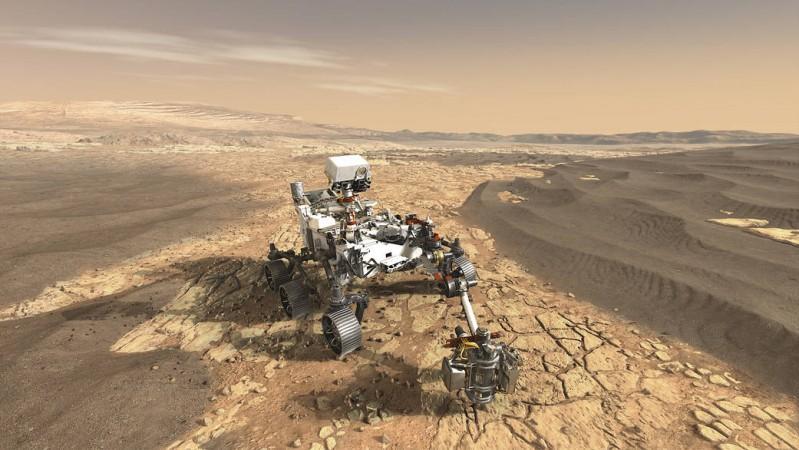
NASA's next Mars rover has entered the assembly, test and launch operations (ALTO) phase of development, and is on track for its 2020 launch date.
This will be the space agency's follow-up to the Curiosity rover that is right now exploring the Martian landscape. The next rover is expected to be launched in July or August 2020, when Mars and Earth are positioned in such a way that it requires the least amount of effort to travel.
The rover will reach the Red Planet by February 2021 and its initial mission is scheduled to last one Mars year — 687 Earth days.
The main mission of the rover will be to look for habitable environments as well as search for past signs of life on the surface of Mars.
Another important science mission of the rover will be to take samples, which will be brought back to Earth in a future mission, noted a Space.com report.
The new rover — a spiritual cousin of Curiosity — reportedly shares about 80 percent of its mass and heritage hardware with it. "The fact that so much of the hardware has already been designed — or even already exists — is a major advantage for this mission," Jim Watzin, director of NASA's Mars Exploration Program, said in a statement. "It saves us money and time and most of all reduces risk."
The 2020 rover will be about the size of a small hatchback — It is about 10 feet long, 9 feet wide, and 7 feet tall, and weighs in at 1,050 kg. It will feature a rectangular body, six-tracked aluminum wheels, a mechanical arm, cameras and instruments, and a drill for making samples.
The 2020 rover's mission is different from Curiosity, so the onboard instruments are widely different. It will have an X-ray spectrometer and an ultraviolet laser to seek out bio-signatures on a microbial scale, reported Space.com.
This will also be the first mission from Earth to look beneath the surface of Mars. Layers of rocks will be mapped using a ground-penetrating radar to a depth of 10 meters.
"Our next instruments will build on the success of MSL (Curiosity rover), which was a proving ground for new technology," said George Tahu, NASA's Mars 2020 program executive.
"These will gather science data in ways that weren't possible before," he added.

















